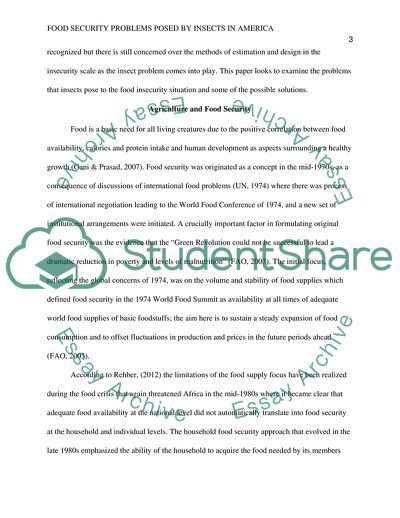Cite this document
(Food Security Problems Posed by Insects in America Coursework Example | Topics and Well Written Essays - 2750 words, n.d.)
Food Security Problems Posed by Insects in America Coursework Example | Topics and Well Written Essays - 2750 words. https://studentshare.org/agriculture/1821817-the-problems-and-solutions-that-insects-pose-to-the-food-security-of-the-united-states-of-america
Food Security Problems Posed by Insects in America Coursework Example | Topics and Well Written Essays - 2750 words. https://studentshare.org/agriculture/1821817-the-problems-and-solutions-that-insects-pose-to-the-food-security-of-the-united-states-of-america
(Food Security Problems Posed by Insects in America Coursework Example | Topics and Well Written Essays - 2750 Words)
Food Security Problems Posed by Insects in America Coursework Example | Topics and Well Written Essays - 2750 Words. https://studentshare.org/agriculture/1821817-the-problems-and-solutions-that-insects-pose-to-the-food-security-of-the-united-states-of-america.
Food Security Problems Posed by Insects in America Coursework Example | Topics and Well Written Essays - 2750 Words. https://studentshare.org/agriculture/1821817-the-problems-and-solutions-that-insects-pose-to-the-food-security-of-the-united-states-of-america.
“Food Security Problems Posed by Insects in America Coursework Example | Topics and Well Written Essays - 2750 Words”. https://studentshare.org/agriculture/1821817-the-problems-and-solutions-that-insects-pose-to-the-food-security-of-the-united-states-of-america.


